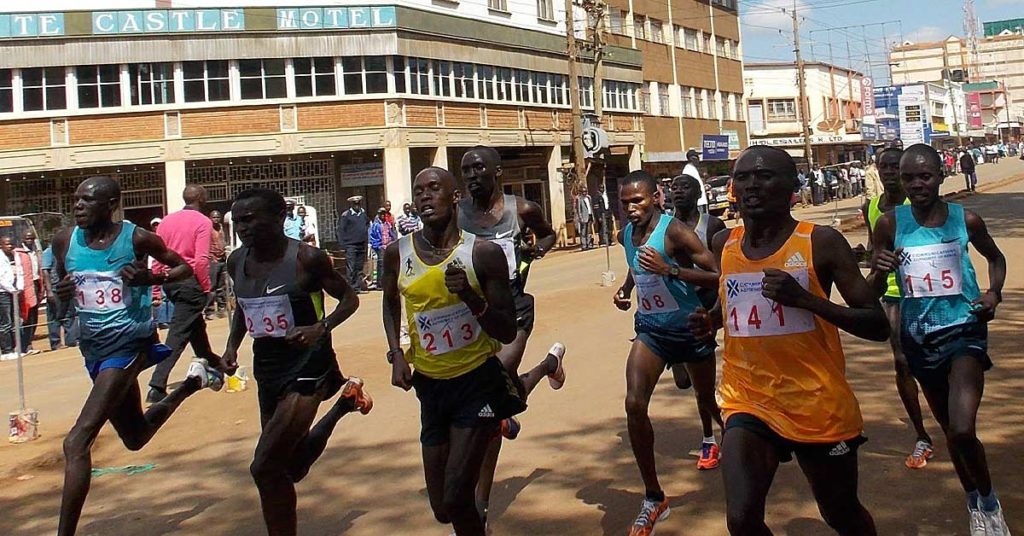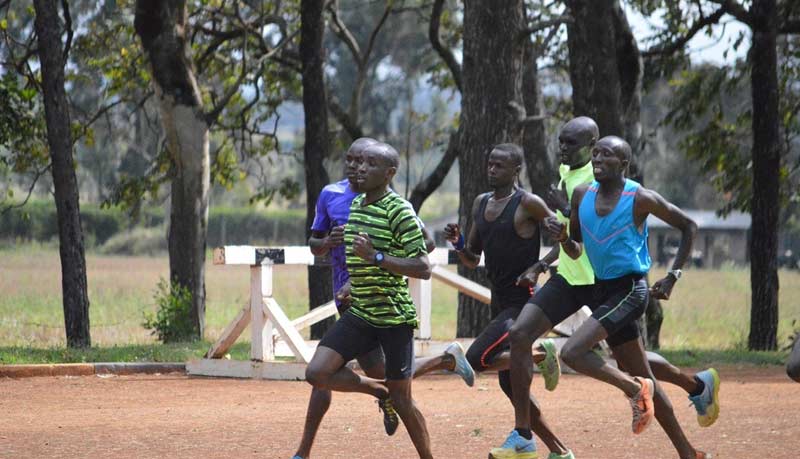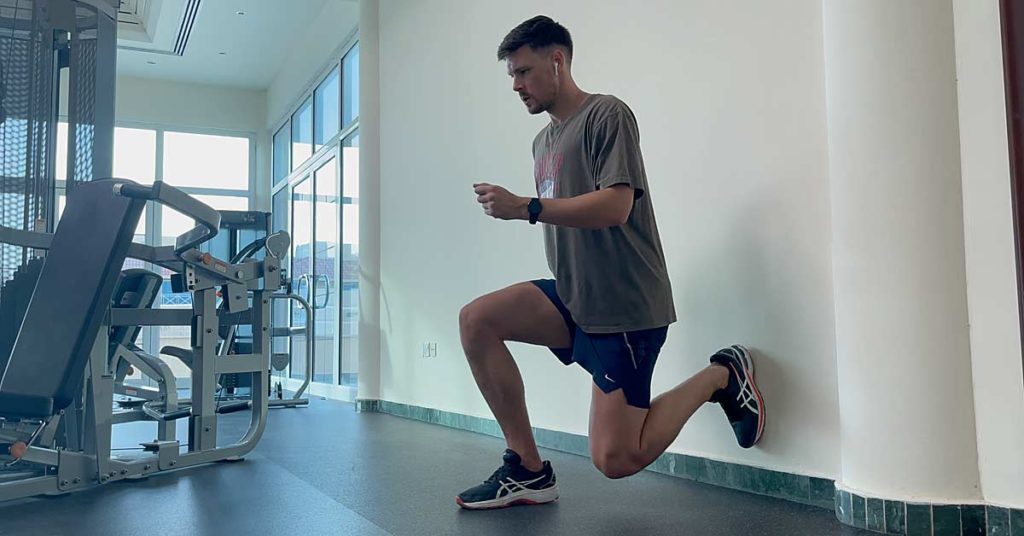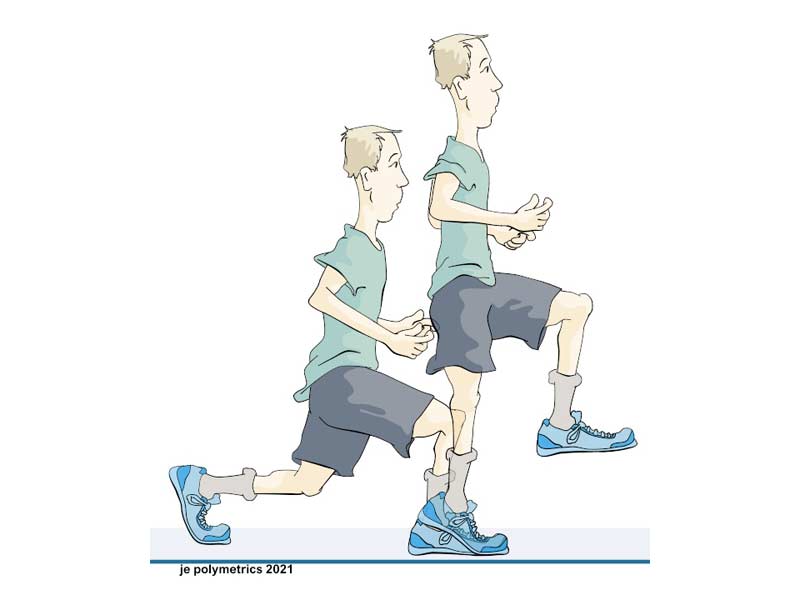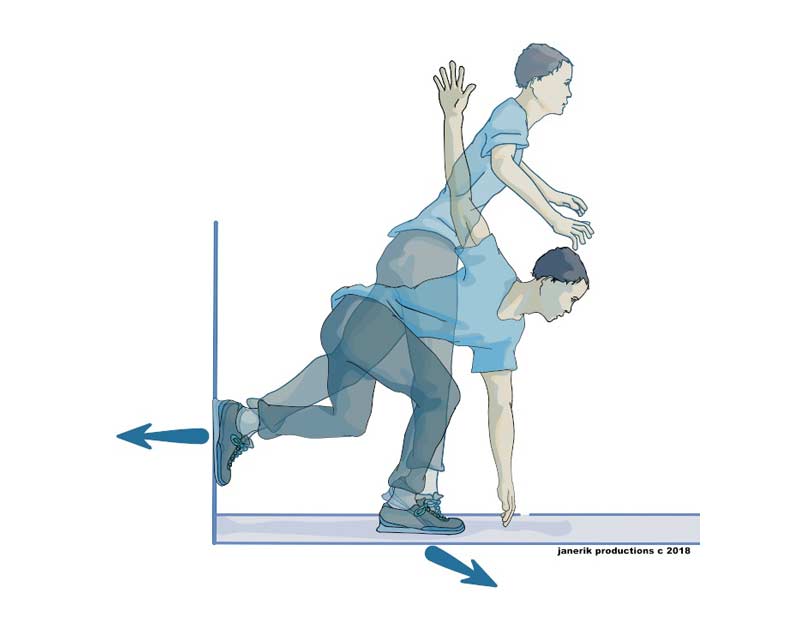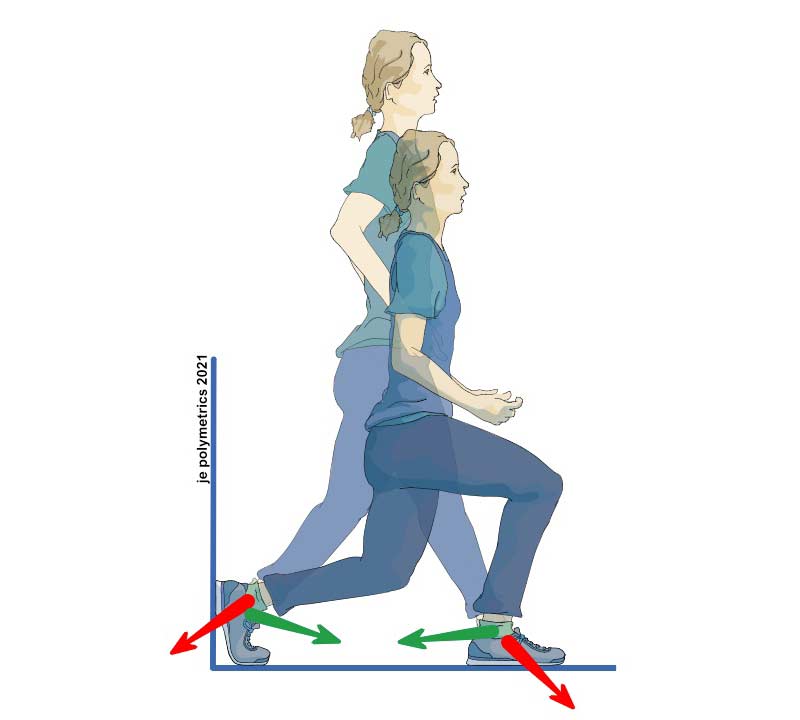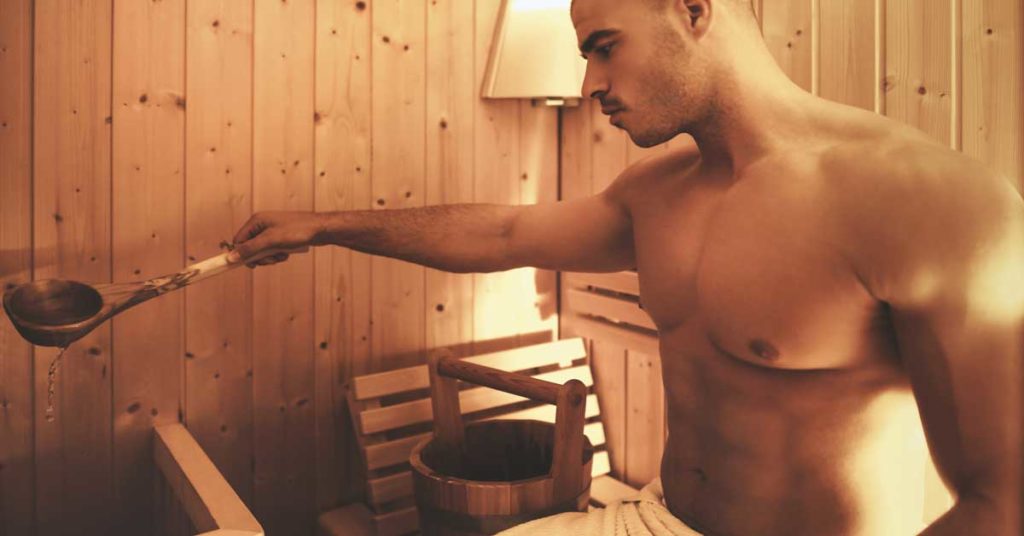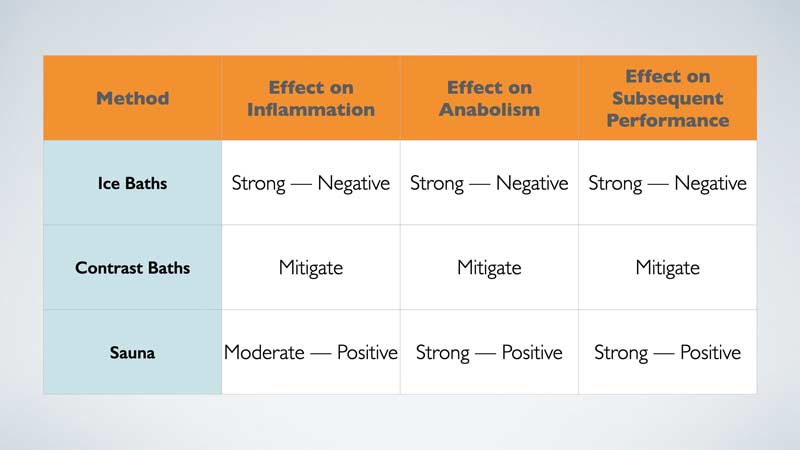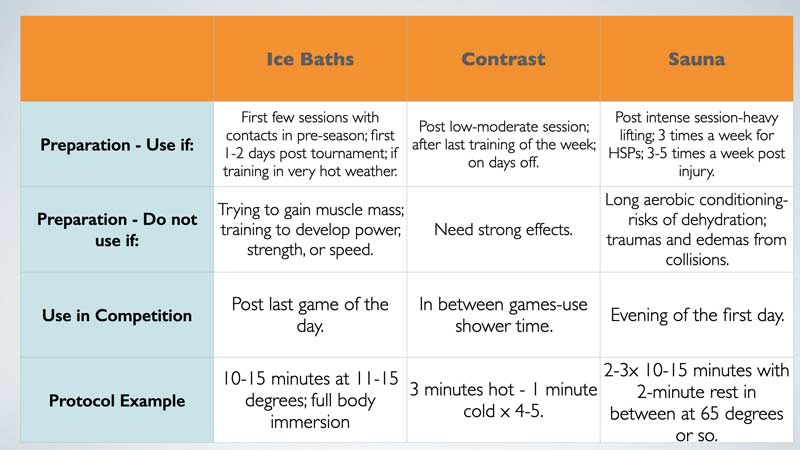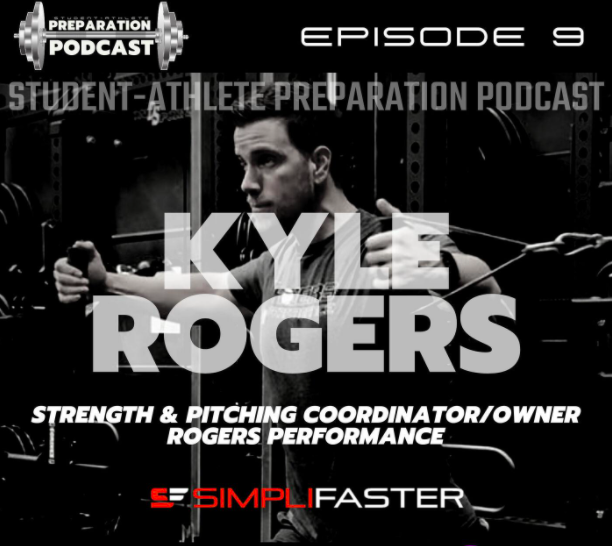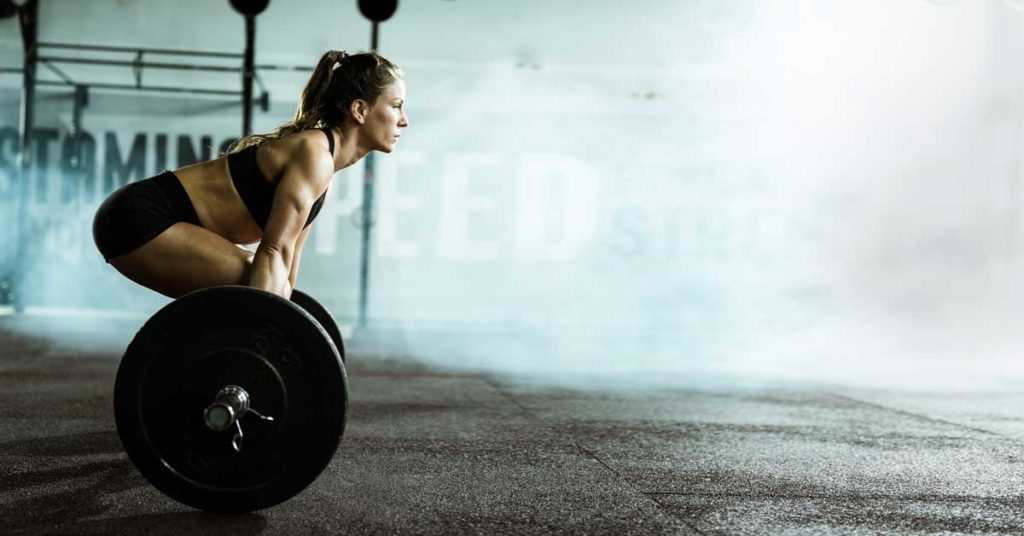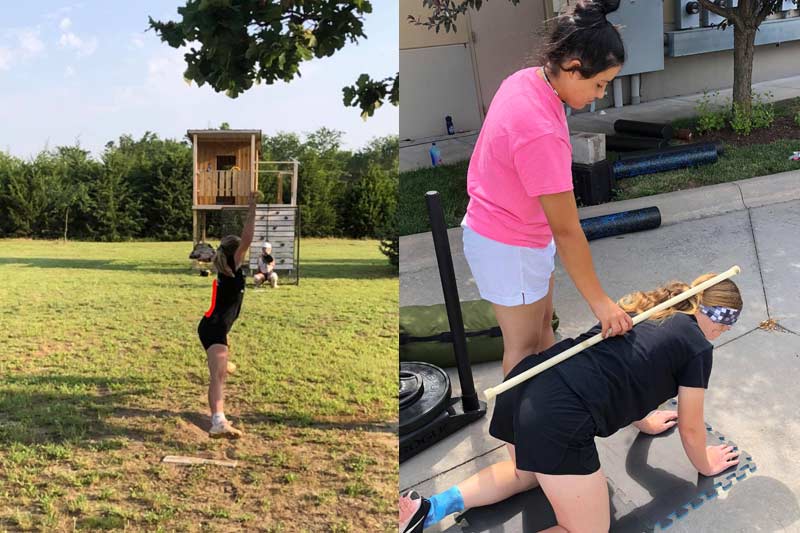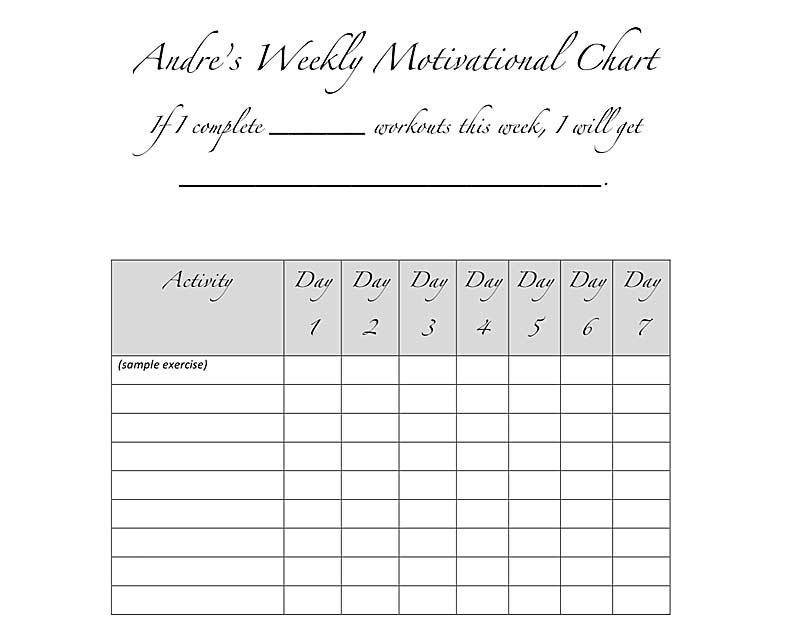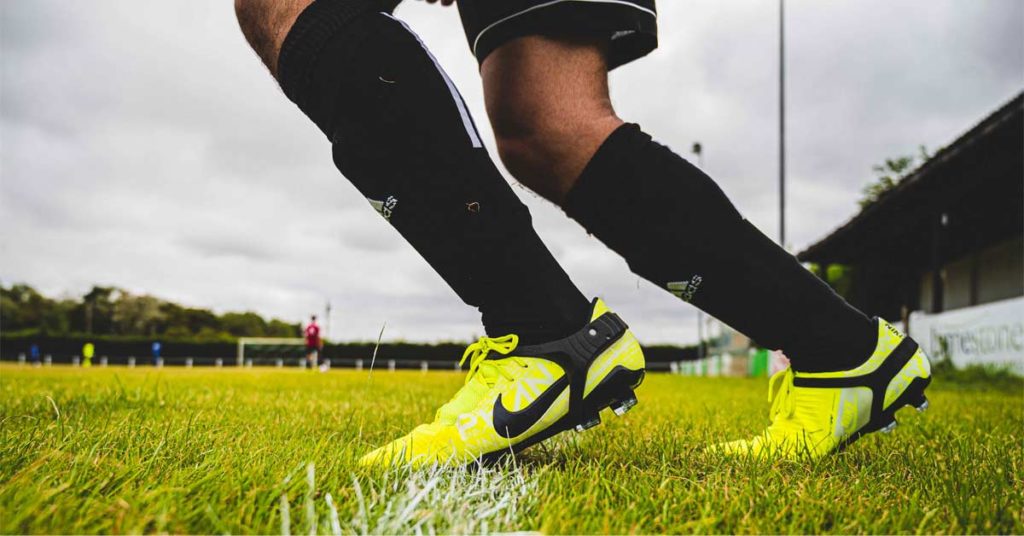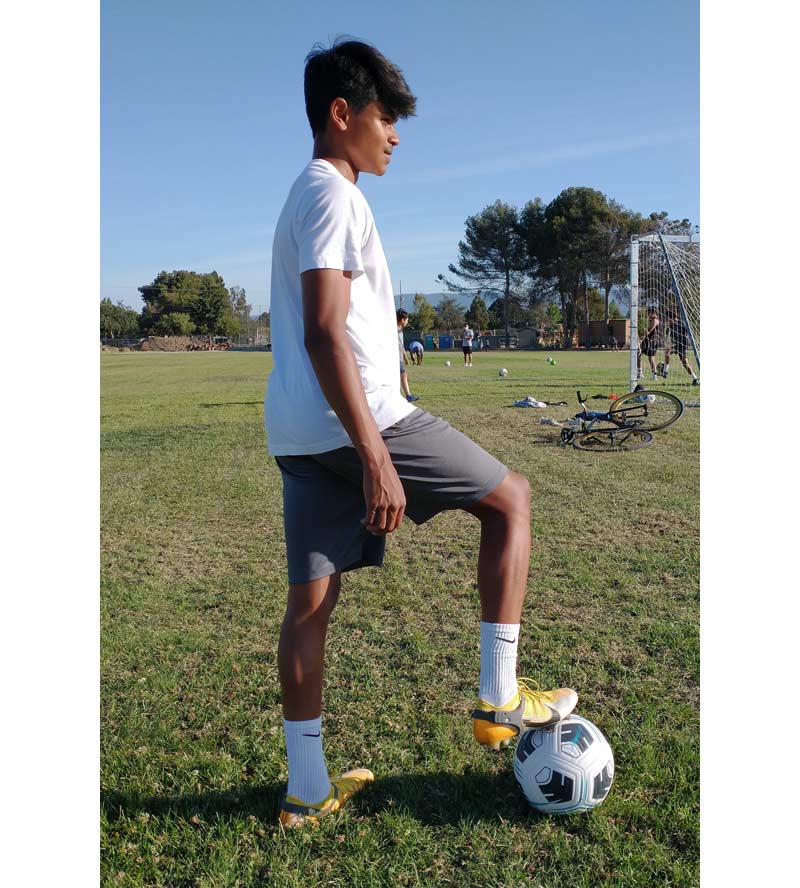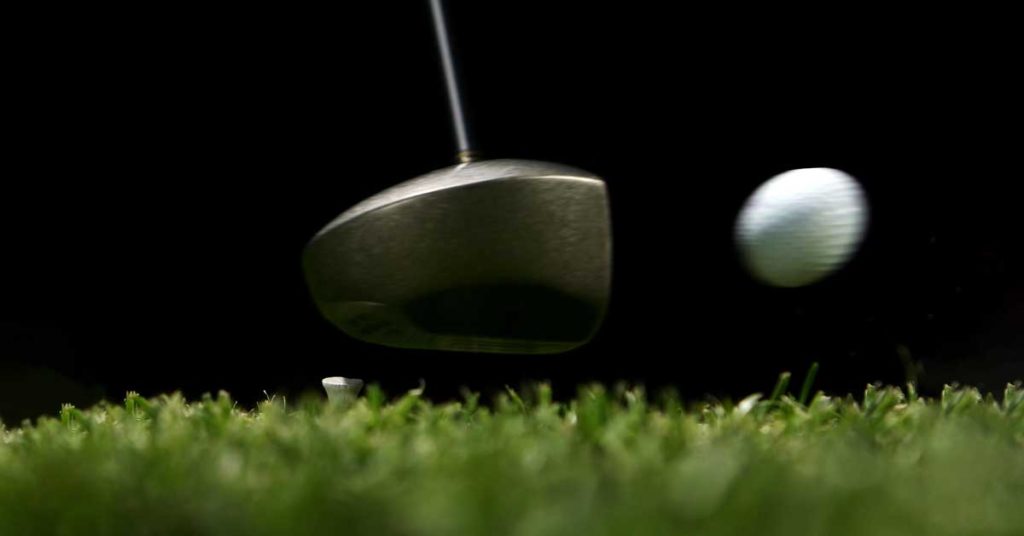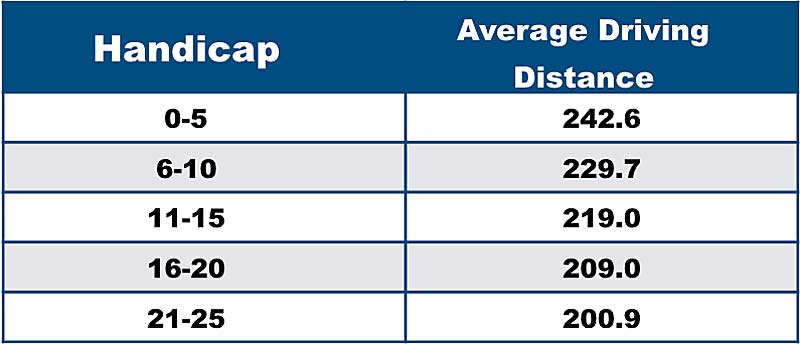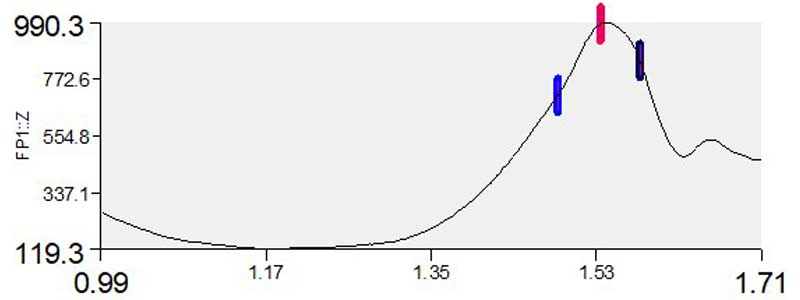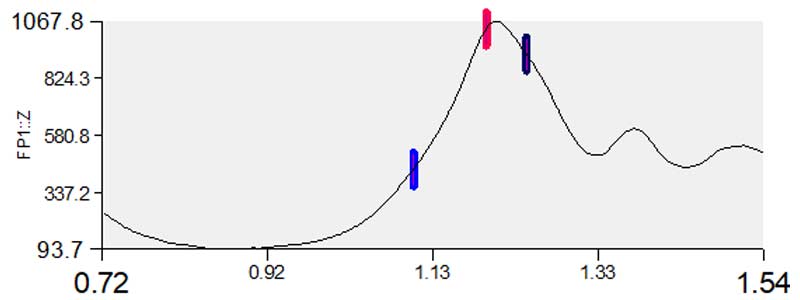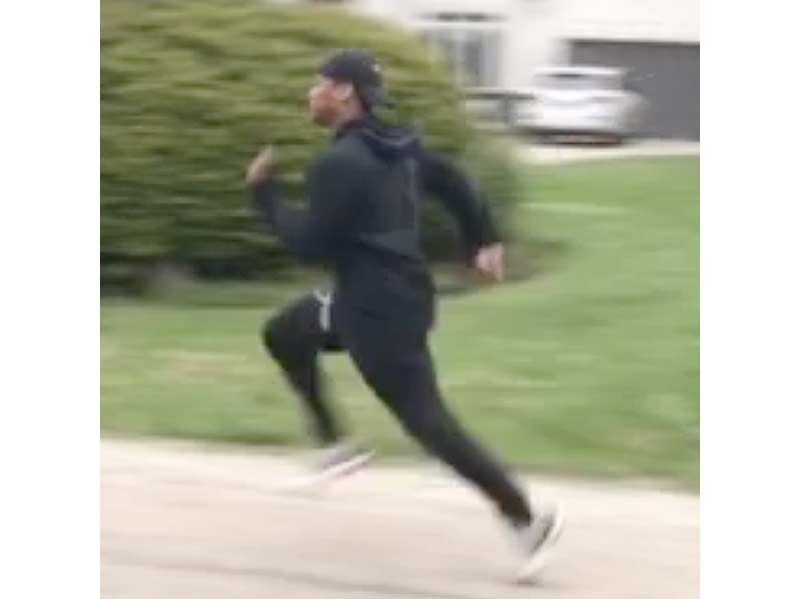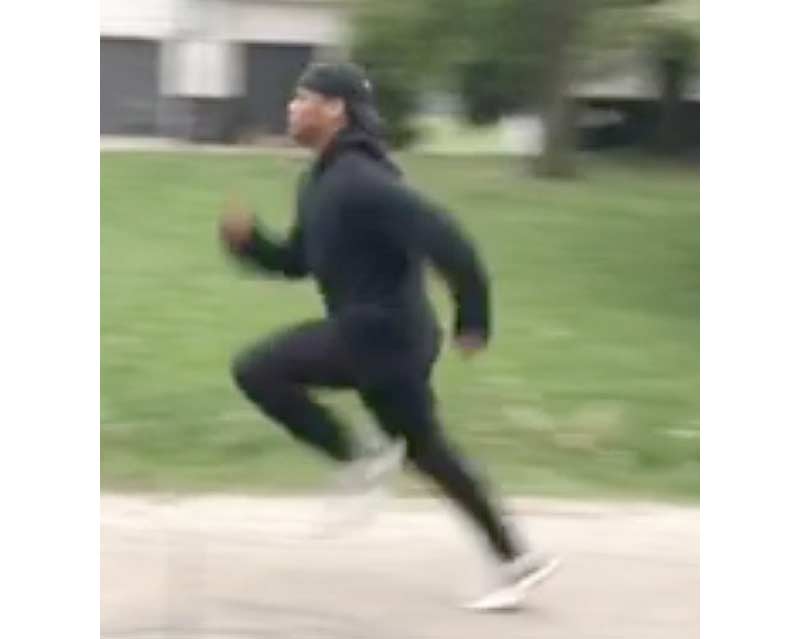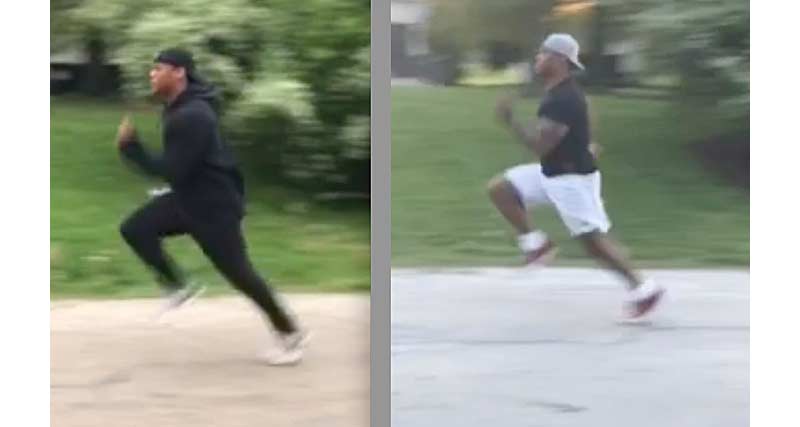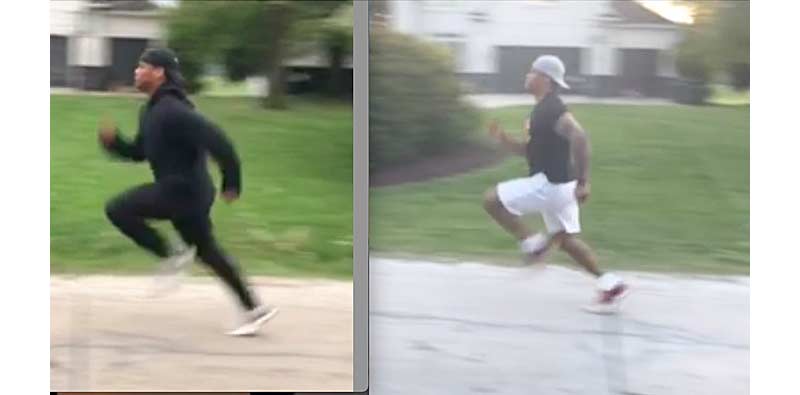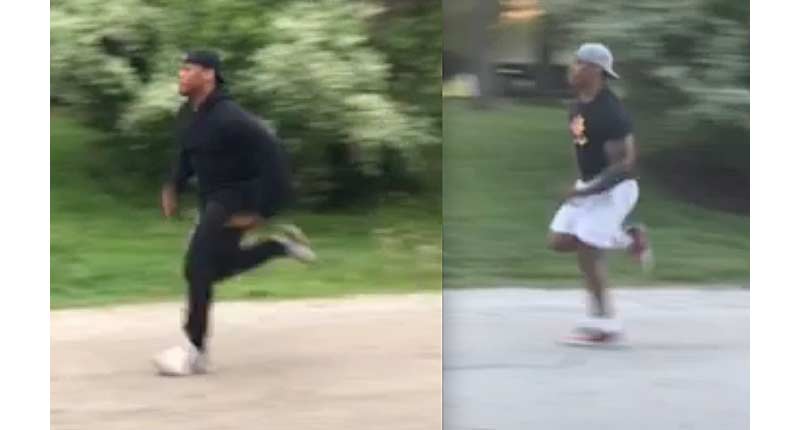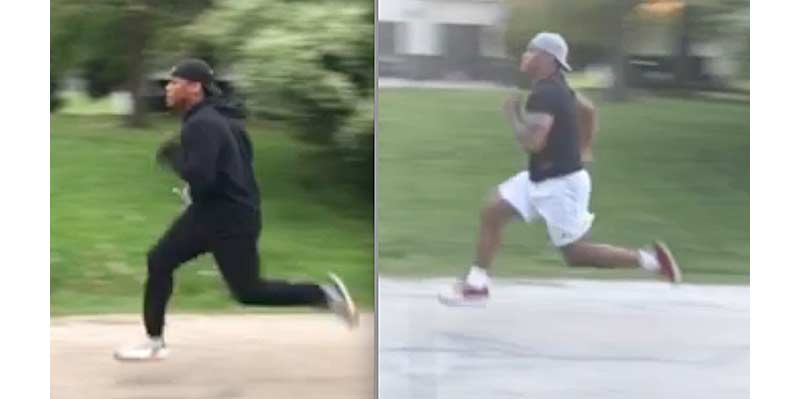
While coaching your sport, have you ever thought I feel like the team isn’t responding positively to my coaching? Or, from that thought, asked yourself the question How I can motivate the team to cohesively perform to the best of their ability?
The best example for a discussion of adapting coaching to a team’s mindset and personality comes from the series The Last Dance, in which Phil Jackson coached the Chicago Bulls to title victories while Dennis Rodman was one of the team’s star players. Rodman was a key player in the Bulls’ dominant string of championships, and Jackson knew this. Rodman, however, was a rebel and liked to do his own thing, having a very distinct, dominant personality.
Phil Jackson had such success with the Bulls team (and specifically coaching Dennis Rodman) because he understood each player’s personality and how to create trust and cohesiveness. Michael Jordan had an all-caps DOMINANT personality on and off the court. Jackson trusted Jordan because he was so passionate, smart, and motivated to lead the team to victory. Though Rodman also had a dominant personality, he was not a team leader—both Jordan and Rodman had powerful egos, and we all know how the story goes in the battle to be the best on a team.
Coach Jackson understood personality traits and how they directly correlated to the team’s performance and path to be the absolute best. Likewise, as a coach you need to know every athlete’s strengths and weaknesses and play to those. Mindset and personality are directly correlated, based on individual traits; as a coach, understanding different personality traits will help you and your athletes achieve success. Learning the strengths and weaknesses of each personality type will improve overall communication, with the goal of creating a dynamic relationship between coach and athlete, coach and team, and athlete and team.
As a coach, you need to know every athlete’s strengths and weaknesses and play to those…understanding different personality traits will help you and your athletes achieve success. Share on XThe Four Basic Personality Types
We can categorize personality traits into four types, based off the DISC + Motivator by Tony Robbins Research.
- Dominant.
- Influence.
- Steadiness.
- Conscientious.
I have had success with this model in terms of understanding both my own personality and my coaching style. Also, it’s important to note that everyone has a mix of all four of these personality traits—one just stands out more than the others due to motivation, environment, relationships, outcomes, decision-making, and more.
In this article, I discuss the correlation between the four DISC + Motivator personality traits, the three coaching styles, and the three athletic characteristics in performance. The combination of these three models will enhance your team’s cohesiveness and performance, regardless of what sport, what level, or where you coach.
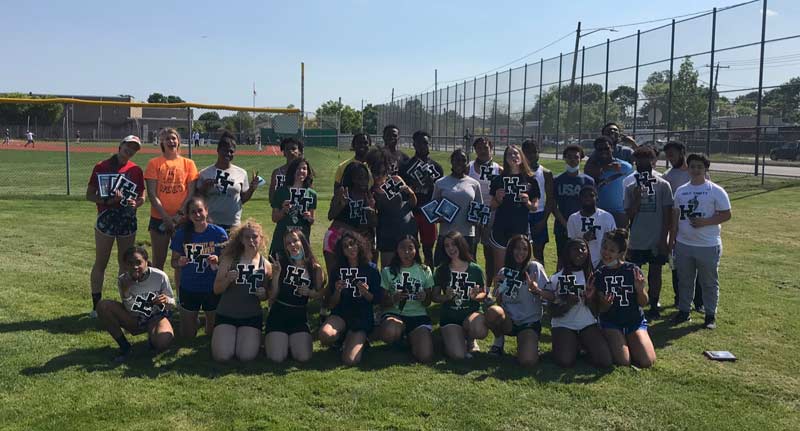
I have had to rebuild the “field” portion of our high school track and field team over the last five years. I needed a way to motivate and recruit boys and girls who wanted to throw and/or jump—based off these models, I have been able to expand our field team, which we now call “Flight Crew” and “Throws Crew.” We’ve had more athletes joining and hitting personal records, learning a new skill, wanting to continue to compete in college, and bringing their best on and off the track.
To begin, let’s dive into the four personality traits:
1. Dominant
These individuals tend to be direct, guarded, and driven by an inner need to always lead and be in personal control. They take charge of people and situations so they can reach their goals, and their key need is achieving bottom-line results. These are “lead, follow, or get out of the way” type of people.
Some weaknesses with this personality type include:
- Stubbornness.
- Impatience.
- Toughness (stubborn, needing to always take charge because they feel their decision is the only way to do it).
They naturally prefer to take control of others, and they have a low tolerance for the feelings, attitudes, and inadequacies of anyone else.
Some strengths are:
- An ability to work quickly by themselves.
- Shaping their environment to overcome obstacles en route to accomplishments.
- Seeking maximum freedom to manage themselves and others.
- Using their leadership skills to become a winner.
- Good administration and delegation skills.
An example of this type of athlete would be Dennis Rodman—it was his way or the highway. As a coach, you need to know how to work with this personality type and encourage them to be a team player. However, this trait goes well with “The Competitive Athlete” who I discuss below.
2. Influence
These individuals are direct, personable, outgoing, and energetic. They like to go where the action is, prefer a fast pace, and foster networking relationships. They try to influence in an optimistic way, focused on positive outcomes, whether in a social or a work environment.
Some of their weaknesses include:
- Too much involvement.
- Impatience.
- Issues with being alone.
- Short attention spans.
This causes them to become easily bored when little data comes in, and they tend to make sweeping generalizations.
Some strengths are:
- Enthusiasm.
- Persuasiveness.
- Friendliness.
- Being “idea” kind of people who can get others caught up in their dreams.
Great at persuasion, they influence others and shape their environment by building alliances to accomplish results. These types of individuals love to talk to others, gaining relationships and networks.
Individuals with the Influence personality trait make great coaches. These types of people can listen and communicate well and are passionate and understanding leaders, says @bpfitcoaching. Share on XIndividuals with this personality trait make great coaches. I would say a perfect example of this would be Phil Jackson and his coaching style. These types of people can listen and communicate well and are passionate and understanding leaders. One of the coaching styles, the “Democratic Style Coach,” which I discuss below in the “Different Coaching Styles” section, correlates to this personality trait.
3. Steadiness
This personality tends to be indirect and openly seeks more attention and acceptance. They take follow-through actions and prefer a slower and easier-paced environment (like a classroom or office space). They focus on building trust and getting acquainted with others because they aim for longstanding personal relationships. They don’t like pushy or aggressive behavior.
Some weaknesses include:
- Difficulty speaking up.
- A “follower” mentality, even if they don’t agree.
More assertive types may take advantage of individuals like this, who may give in just to avoid confrontation. Their lack of assertiveness can take a toll on their own health and well-being.
Some strengths are that they:
- Are an easy type to get along with.
- Cultivate stable relationships that don’t jeopardize anyone, especially themselves.
- Enjoy a slower, steady-paced, and relaxed environment.
- Are easygoing and approachable, while also being very structured people, creating plans to match their routine.
The best example of this would be certain teachers who have extremely warm and trusting dispositions, listen to their students, and guide with structure. Routine and structure are a main priority for them, no matter the goal or intention.
In terms of athletes, this may be a very “heady” athlete. They can psych themselves out in competition and are considered “The Practice Athlete” (which I discuss in the “Three Different Types of Athletes in Performance” section).
4. Conscientious
These individuals tend to be indirect and guarded, preferring involvement with the performance of products and services under specific and preferably controlled conditions so the process and result can be correct. Their primary concern is accuracy—human emotions may take a back seat with them.
Weaknesses include perfectionism—if taken to the extreme, this can result in “paralysis by analysis” and take a toll on overall health and well-being.
Some strengths are:
- Accuracy.
- Dependability.
- Independence.
- Clarification.
- Testing skills.
- Follow-through.
- Organization.
They focus on expectations (policies, practice, and procedures) and outcomes. They need to know how things work so they can evaluate how correctly things function.
An example of this personality trait would be an individual who does not like interaction with others as much and who may get anxiety from being around too many people. They like to work in a quiet space—this would be the opposite of a dominant personality, and ironically, both personality traits can be considered very controlling of themselves or others. They do not like being the center of attention or leading a group.
“The Practice Athlete” is linked to this personality trait, as they can crumble when it comes to competition.
Three Different Coaching Styles
Let us now move onto the different coaching styles that tie into those four personality traits. This may help you understand your own coaching style and what can help you and your team be most successful.
The Dictator Coach: You can probably guess what personality trait this is associated with—dominant. Makes all the decisions, doesn’t like to listen to other ideas, very direct demeanor. “My way or the highway” mentality.
The Democratic Coach: The in-between coach, a style that combines the Dictator’s leadership skills and the communication skills of the Holistic Coach. Personally, I believe this is the best way to coach up your athletes—this personality trait is associated with the influencer trait.
Personally, I believe ‘The Democratic Coach’ is the best way to coach up your athletes—this is associated with the Influencer trait, says @bpfitcoaching. Share on XThe Holistic Coach: Super laid-back, a “let the athletes run the practice” kind of coach. The personality trait would be steadiness. This can be more appropriate once you get to the collegiate/elite level. When the athlete’s own personality and skill levels are developed, you can be more laid-back with them in terms of directness and micromanaging. But again, this all depends on the athlete and the team.
As a coach, you need to know that everyone is different and be able to think on your toes in different environments and situations. Be aware of the different personality traits and act accordingly. How will this athlete react? What makes them tick? Do they need more of a push? Or do they need less coaching up?
I work with track and field athletes and have noticed those with certain personality traits are drawn to certain events. You have your throwers who are totally lax and lighthearted, but they can be very much in their own head. You have your short and long sprinters who are divas and more of a dominant and/or influence personality. I have found jumpers to show more steadiness and/or influence traits; they can keep to themselves and are also very much in their own heads. Our long-distance athletes have more of the steadiness and conscientious traits and are Type A personalities and perfectionists—these may feel uncomfortable leading a team and are usually very bright.
Coach to the athlete’s strengths and teach them when it comes to their weaknesses. Guide them to success; do not force something that doesn’t work and strains the coach-athlete relationship. At the end of the day, communication is KEY. Listen 80% of the time and speak 20% of the time. Ask questions—this will help your team dynamic run smoothly.
Three Different Types of Athletes in Performance
To understand what motivates an athlete, you need to understand what type of athlete you are dealing with. Below are three different types of athletes in performance.
The Practice Athlete: Peaks in practice, looks amazing during training sessions, and then gets in their own head and can’t bring it to perform in competition.
The Competitive Athlete: Can be lazy in practice, will put in effort some of the time, maybe relies solely on talent. But when it comes to competition, they are 100% in and ready to kill it. They thrive in a competitive atmosphere.
The Hard-Working Athlete: Works their hardest in practice AND competition; can bring it whenever and wherever. They have discipline and talent and put them both to great use—these are usually our captains leading the team.
I work with track and field athletes and have noticed those with certain personality traits are drawn to certain events, says @bpfitcoaching. Share on XCoaches, How Can You Apply This?
Coaching style is developed over time and through years of practice. You will learn and notice different patterns in the personality styles of athletes. Take note and, if needed, try interacting with the athlete in a different way. Maybe they need more coaching and motivation? Maybe they need less coaching because they are heady athletes? Are they male or female? Do you need to change your style as a coach?
If you have athletes who are more introverted, quiet, and not as aggressive toward the sport or competition, try coaching them up as more of a Democratic Coach. Create a positive and self-confident environment. Most of the time, these athletes won’t need over-coaching—if anything, it’s the opposite, because these athletes tend to be perfectionists and very much in their own head. Try more sport psychology tactics and recovery tools such as deep breathing, meditation, visualization, and a relaxed environment. Get them into competition mode.
As for the athletes who are more dominant in their sport and leadership role, sometimes you may have to level out their egos. (I have found this more with males.) This is fine, and maybe they are a dominant individual and potentially need more motivation to practice instead of solely relying on talent. With female athletes, I have seen dominant and influence personality traits transfer over to leadership roles. These are more captain material and can lead the team and communicate effectively.
I have coached both boys and girls high school track and field. With the young ladies, they play sport for a sense of community, less ego, and more socializing. This is opposed to the young boys, who are very competitive, and ego driven.
When coaching the field events, I have the boys and girls train and practice together. I have seen this enhance performance, motivation, team camaraderie, passion, and enjoyment for their sport.
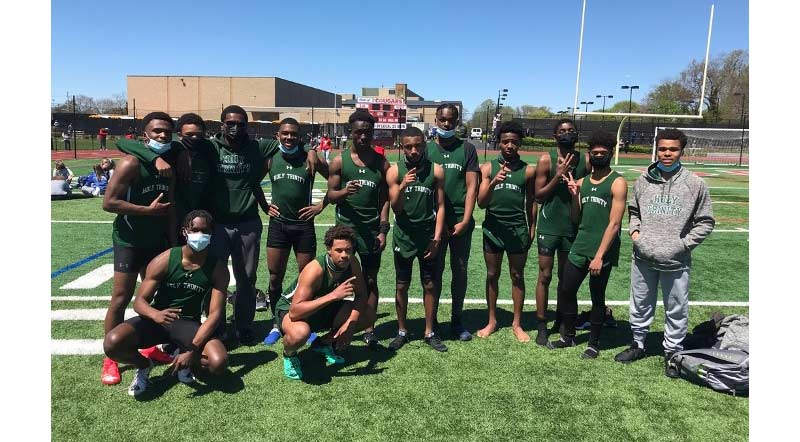
Some things you can do as a coach to create a great cohesive team dynamic:
- Designate an Athlete of the Week.
- Conduct shoutouts on social media and team meetings about their performance.
- Hold team dinners—teach them about proper nutrition and healthy plates.
- Engage in team bonding with games (chase, tag, co-ed relays, field trips, double Dutch, prizes, etc.).
- Host giveaways.
Most importantly, don’t forget that every athlete is different and needs specific coaching to create success and teach them life lessons. Don’t let a coaching ego get in the way; walk the walk and talk the talk as a coach. Be immersed in the sport and have the desire to make your athletes the best they can be on and off the court, field, or track.
Since you’re here…
…we have a small favor to ask. More people are reading SimpliFaster than ever, and each week we bring you compelling content from coaches, sport scientists, and physiotherapists who are devoted to building better athletes. Please take a moment to share the articles on social media, engage the authors with questions and comments below, and link to articles when appropriate if you have a blog or participate on forums of related topics. — SF


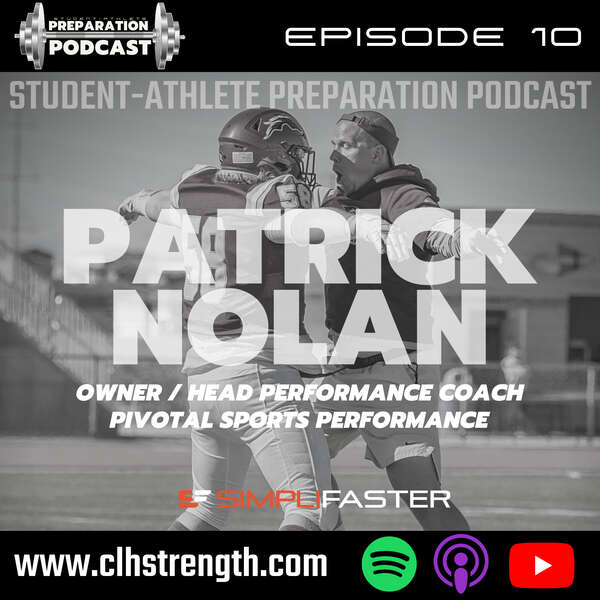

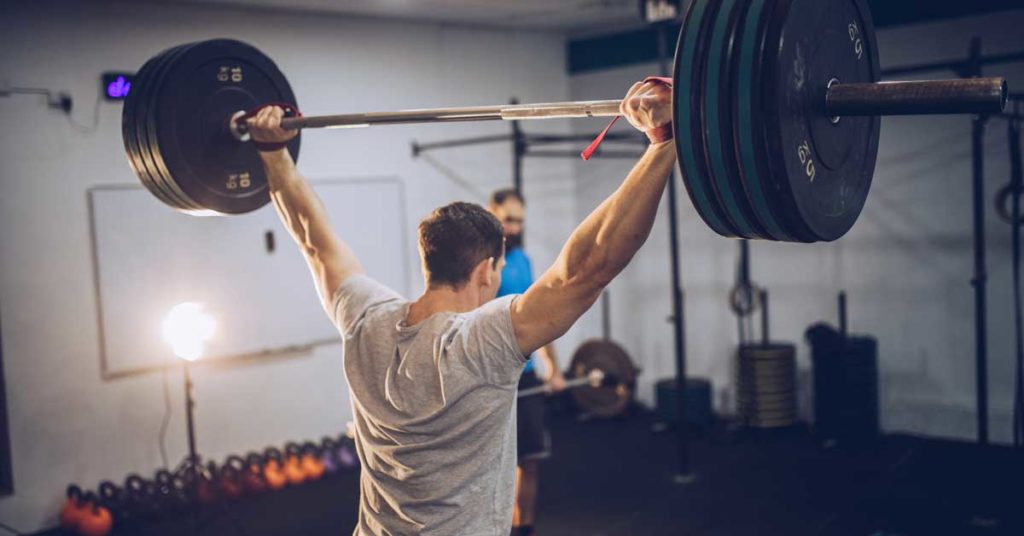

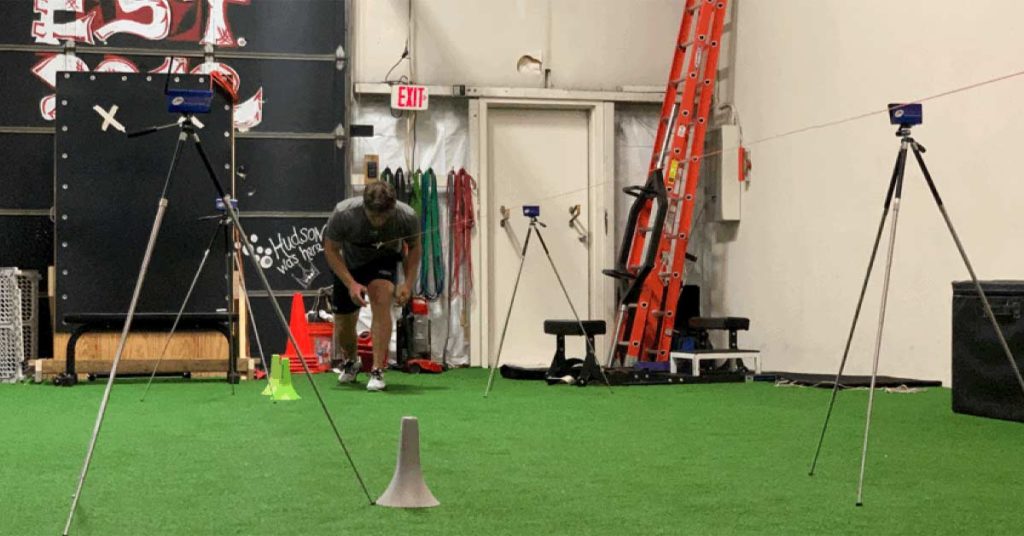
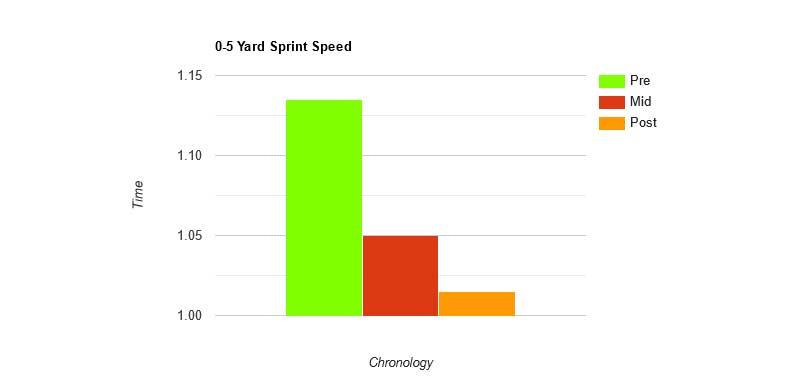
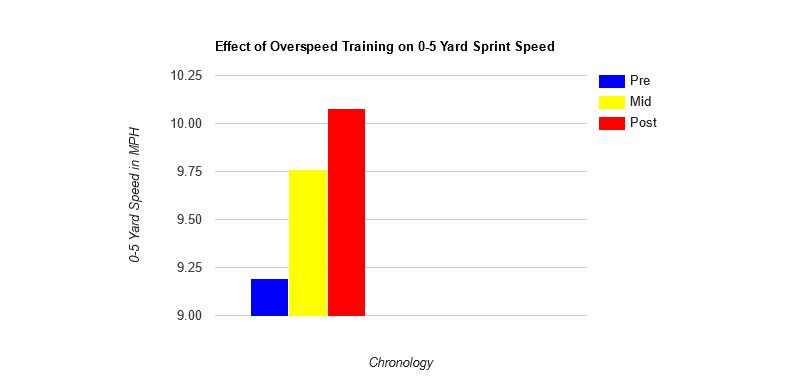
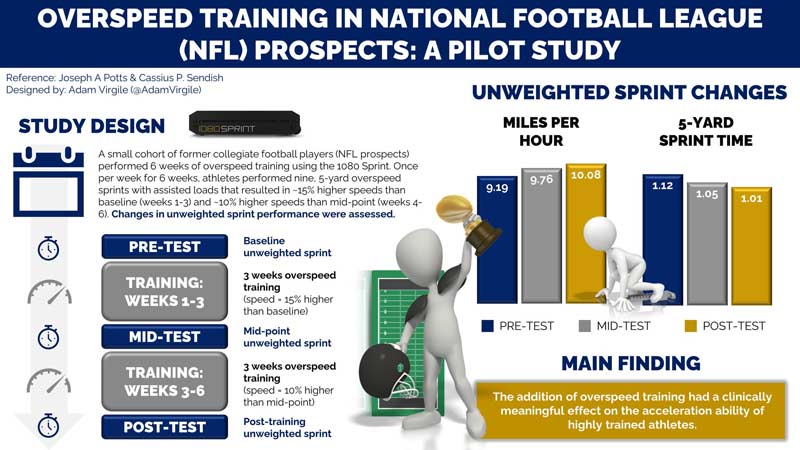
 Cassius Sendish is the Assistant Director of Sports Performance and Combine Coordinator at TopSpeed. He returned to TopSpeed in a coaching capacity, earning his performance specialist certification with EXOS, after spending the previous three years coaching football at the University of Kansas.
Cassius Sendish is the Assistant Director of Sports Performance and Combine Coordinator at TopSpeed. He returned to TopSpeed in a coaching capacity, earning his performance specialist certification with EXOS, after spending the previous three years coaching football at the University of Kansas. 
